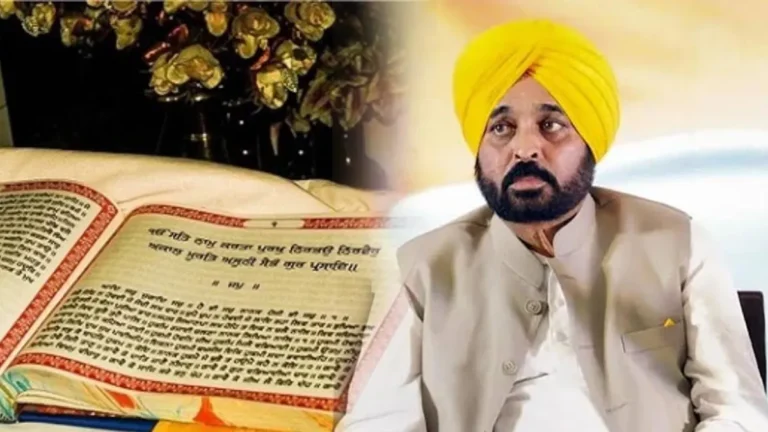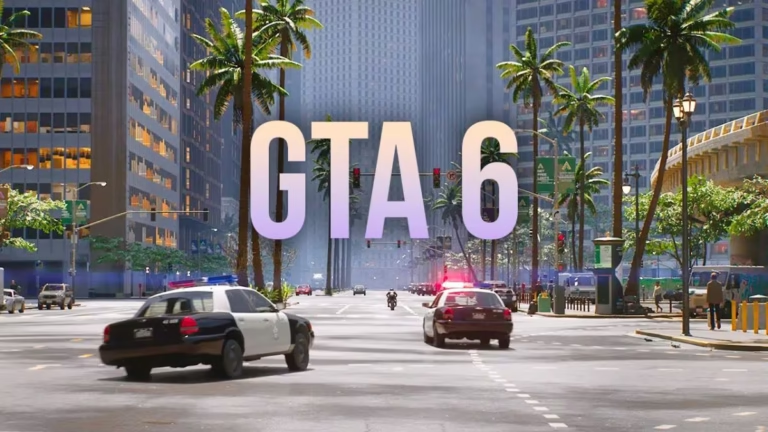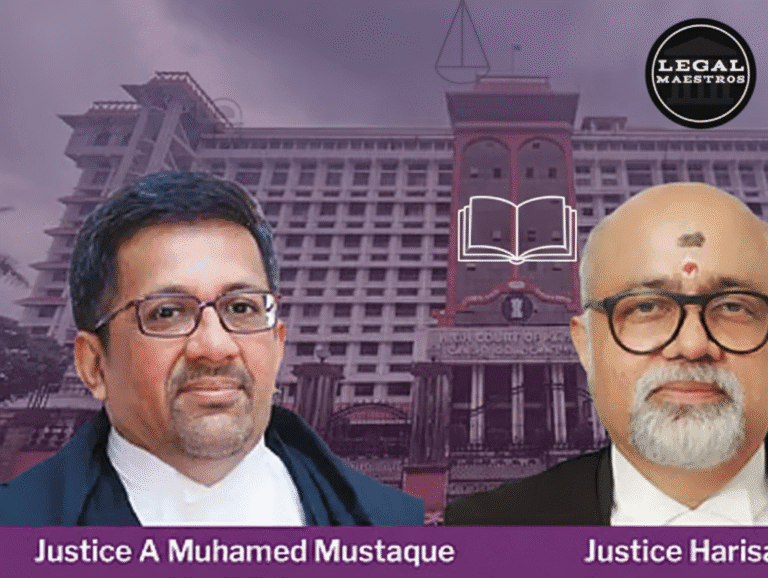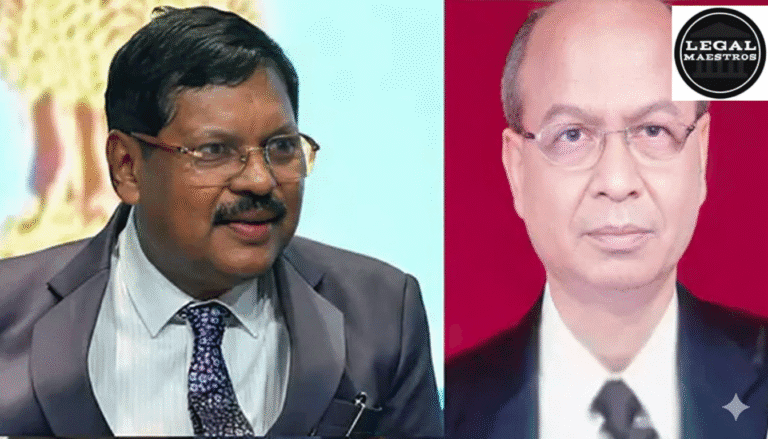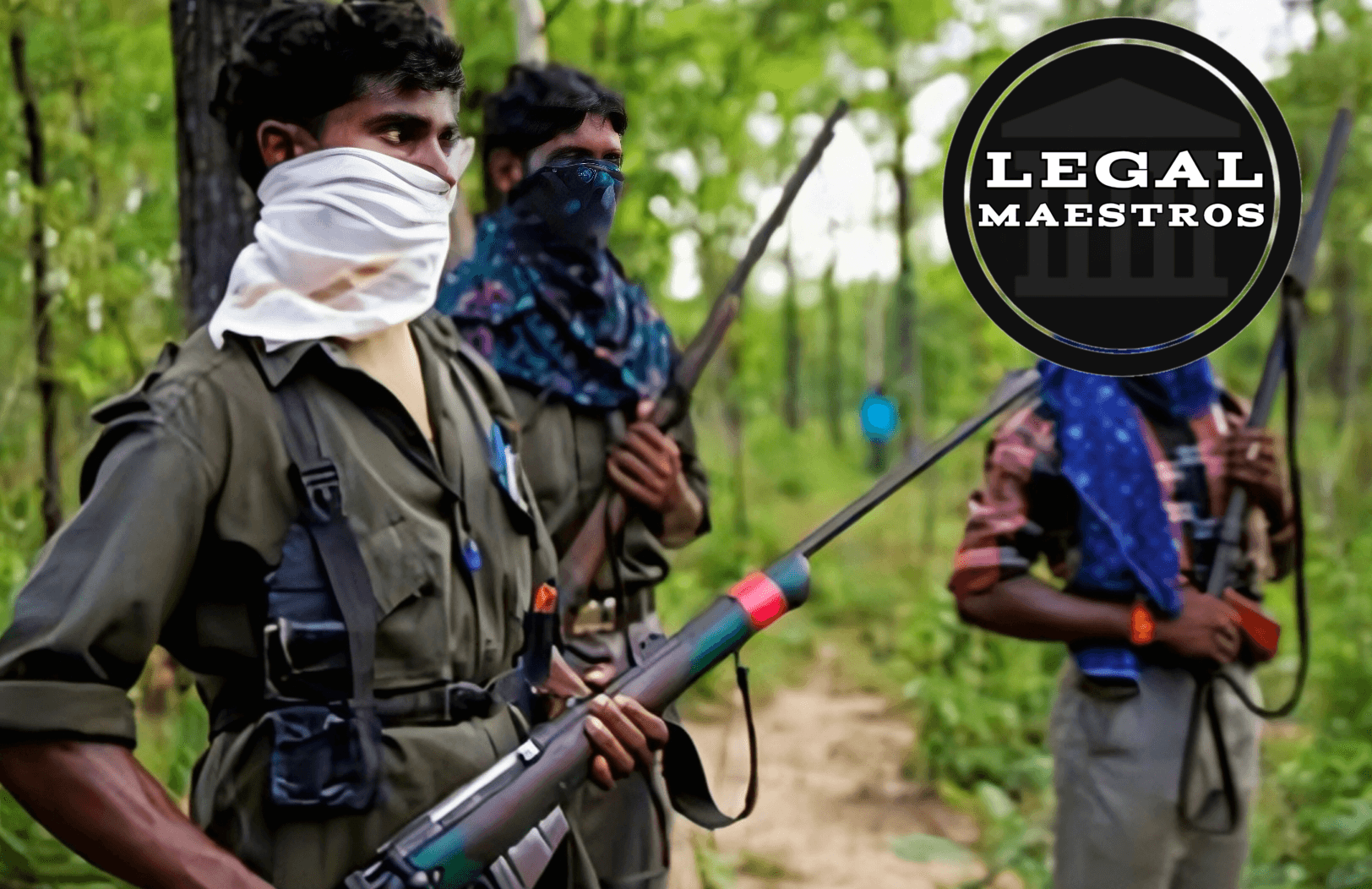
For Naxalite activities, Chhattisgarh—especially its Bastar area—has long been a key center. Police “encounters,” a phrase used to describe lethal interactions, generally mark the climax of the struggle between the state and armed militants.
Although these actions are justified as required to safeguard civilians and maintain the rule of law, they regularly generate claims of extrajudicial killings and disrespect of due process. This begs grave constitutional issues. How can the state balance its mission to guarantee security with its respect of basic rights? Which legal guidelines have to control force application? Grounded in constitutional and human rights law, this paper explores these concerns.
Historical Context of Chhattisgarh Naxalite Conflict
Emerging as an armed battle against allegedly social and economic inequalities in the late 1960s, the Naxalite movement This insurgency developed over decades into a complex struggle including rebel groups, state security forces, and people caught in the crossfire. Maoist philosophy found rich footing in Chhattisgarh’s mountainous topography and socioeconomic inequalities.
For any queries or to publish an article or post or advertisement on our platform, do call at +91 6377460764 or email us at contact@legalmaestros.com.
Frequent armed contacts result from successive governments deploying police and paramilitary forces to oppose the militants. Many such operations provide tactical gains, but they also frequently draw condemnation for purported abuses of human rights and for erasing the distinction between justified action and random violence.
For More Updates & Regular Notes Join Our Whats App Group (https://chat.whatsapp.com/DkucckgAEJbCtXwXr2yIt0) and Telegram Group ( https://t.me/legalmaestroeducators )
Provisions of the Constitution and Fundamental Rights
The Indian Constitution grants a range of liberties that limit state activity even in the face of internal security concerns. Article 21 guarantees the right to life and personal liberty and mandates that any deprivation of life follow accepted legal process. Article 14 forbids discriminating application of the law and requires equality before it. Article 22 guarantees rights to legal representation and fast production before a magistrate for those arrested or imprisoned.
For any queries or to publish an article or post or advertisement on our platform, do call at +91 6377460764 or email us at contact@legalmaestros.com.
Articles 32 and 226 also enable the Supreme Court and High Courts to grant writs for the execution of fundamental rights, therefore providing a necessary check on presidential abuses. These clauses create a constitutional framework that, absent exception, calls for responsibility and due process.
Utilizing Force and Engagement Guidelines
Constitutionally, governmental agents’ use of deadly force is allowed only under very limited circumstances. According to the proportionality principle, force should only be used as required to reach a just goal—never more than absolutely necessary. The necessity theory drives law enforcement even more to use nonlethal tactics wherever practical.
In reality, though, occasionally infractions result from the veil of combat, operational exigencies, and poor training. Reported as shootouts, encounters could avoid phases of arrest, interrogation, and trial, therefore invalidating Article 22’s accused rights. Lack of unbiased research on these interactions compromises faith in the justice system and runs the danger of interpreting constitutional protections as optional in areas of conflict.
For any queries or to publish an article or post or advertisement on our platform, do call at +91 6377460764 or email us at contact@legalmaestros.com.
Human Rights Law and State Liabilities
Beyond the Constitution, India is bound by international human rights documents such the International Covenant on Civil and Political Rights, therefore bolstering the right to life, due process, and fair trial.
Emphasizing responsibility and openness, the United Nations Basic Principles on the Use of Force and Firearms by Law Enforcement Officials provide thorough direction on the acceptable situations for fatal action. India has not formally embraced all UN recommendations, but its Supreme Court has often interpreted local law using international precedent.
Thus, the state has an obligation to investigate all fatalities in custody or confrontations, disclose results, and punish criminals where laws are broken even in internal security operations.
For any queries or to publish an article or post or advertisement on our platform, do call at +91 6377460764 or email us at contact@legalmaestros.com.
Judicial Accountability and Monitoring
The main process to check arbitrary encounters is judicial review. Courts have demanded magisterial investigations into all police shootings, particularly in cases involving suspect death in custody.
Under Article 226 victims’ families have the right to contact High Courts looking for habeas corpus and investigative guidance. Landmark rulings have underlined that court review of fatal police killings cannot be waived. Still, timely justice is sometimes hampered by slow investigations, political will lacking, and overburdened courts. Strengthening specialist tribunals or fast–track courts for encounter situations could speed relief and support the idea that constitutional rights apply everywhere.
Difficulties in Application
Many elements hinder Chhattisgarh’s efficient implementation of human rights protections including constitutional ones. First, the isolated location and continuous conflicts limit media access and civilian control, therefore compromising openness. Second, inadequate training of police on human rights norms and understaffing encourage impunity. Third, political pressure to prove outcomes against rebels can entice authorities to choose extrajudicial procedures.
For any queries or to publish an article or post or advertisement on our platform, do call at +91 6377460764 or email us at contact@legalmaestros.com.
At last, deep-rooted mistrust between people and the government fuels conflict, therefore making real communication and responsibility elusive. Dealing with these issues calls for a multifarious strategy involving community involvement, capacity building, and legislative reform.
Changes and Best Standards
Improving respect of constitutional values calls for institutional changes. First, with ongoing training on nonlethal techniques and legal limits, precise standard operating procedures anchored in human rights law must direct all police activities. Second, understaffed by retired judges, human rights experts, and civil society representatives, an independent body should monitor inquiries into encounters.
Third, victim compensation programs ought to be strengthened to help families of the dead and advance restorative justice. Fourth, community policing projects can build confidence and substitute cooperative approaches against insurgency for a militaristic posture. These steps are essential for matching state activity with constitutional demands even if they call for constant dedication.
For any queries or to publish an article or post or advertisement on our platform, do call at +91 6377460764 or email us at contact@legalmaestros.com.
Juggining Rights and Security
The essence of the constitutional conundrum is in striking a balance between personal liberties and communal security. A state that overfits its authority in the name of security runs the danger of compromising the same constitutional values it aims to defend.
On the other hand, a too cautious attitude could empower terrorists and compromise public safety. The answer is in a moral framework that neither gives security officials carte blanche nor gives militants the ability to exploit legal restrictions. Maintaining the rule of law, even in areas of conflict, enhances democratic legitimacy and challenges the story of official persecution that activists sometimes spread.
In Chhattisgarh, naxalite encounters capture the conflict between the state’s obligation to defend its people and the need to respect constitutional rights. The Constitution provides strict restrictions on state power even while it clearly lets the government fight internal challenges.
For any queries or to publish an article or post or advertisement on our platform, do call at +91 6377460764 or email us at contact@legalmaestros.com.
Not only is it moral but also a legal requirement that every interaction follows due process, proportionality, and openness. A responsive system is built on judicial control, independent inquiry, and community involvement. India can properly handle insurgency and maintain the democratic spirit supporting the republic only by firmly respecting constitutional and human rights values.

